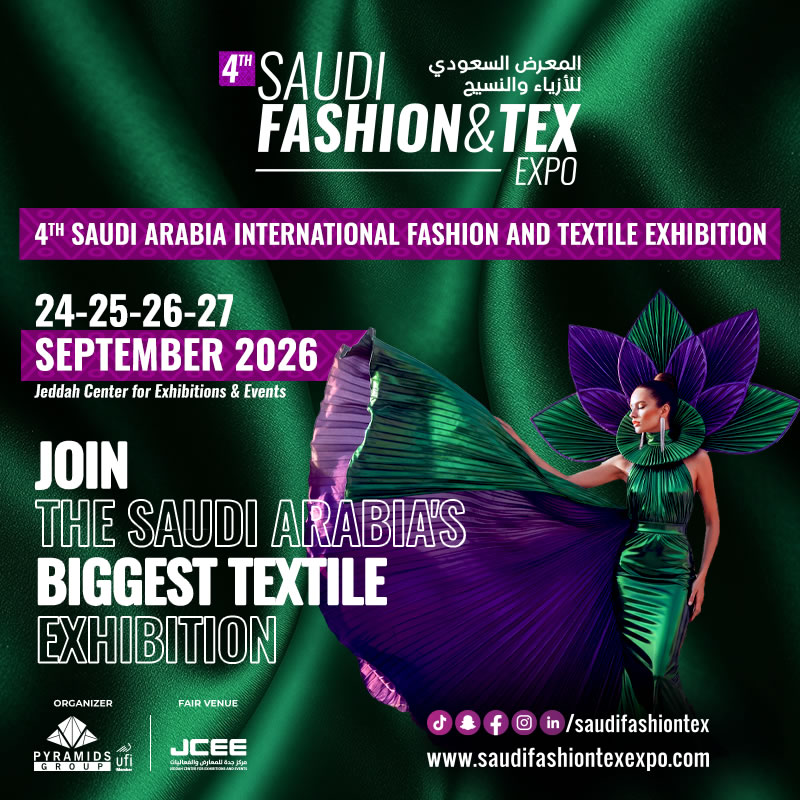The study uncovers systematic environmental blind spots that undermine claims about sustainable craft production. Most concerning is the complete absence of benefit-sharing disclosure under the Nagoya Protocol, an international agreement requiring companies to share benefits from genetic resources and traditional knowledge with knowledge-holding communities. Despite the fashion industry's extensive use of traditional dyes, fibres, and techniques, zero brands publish examples of such benefit-sharing arrangements.
This omission takes on particular significance when viewed through the lens of Indigenous rights and environmental stewardship. As Valbina Miguel Toribio, a Yanesha' activist and designer, explains: "Fashion has taken what does not belong to it: knowledge, land, bodies, languages, but this can change with a new design ethic based on respect, consent, and justice." Her words highlight how the industry's extractive approach to traditional knowledge undermines both cultural preservation and environmental sustainability.
The environmental monitoring gaps extend to basic hazard assessment. Only 10% of brands disclose policies prohibiting hazardous substances in homeworking or unventilated environments, despite the health risks these pose to artisans and their communities. No brand publishes specific examples of prohibited substances, revealing a fundamental gap in chemical safety standards for craft production.
Soil testing presents another critical oversight. Just 4% of brands conduct soil testing at Tier 2 facilities, where much artisanal production occurs. This gap is particularly concerning given that soil contamination from industrial discharges can result from inadequate waste management at dyeing, tanning, and finishing facilities. For artisan communities whose food and water supplies may be directly impacted, this represents a crucial environmental justice issue.
The climate vulnerability of artisan communities adds urgency to these gaps. Research conducted for the Crafted report in Delhi revealed that 64% of mapped artisan workshops experience "very unhealthy" air quality post-monsoon, with 36% facing hazardous conditions. Rising temperatures compound these challenges—India is predicted to frequently exceed the 35-degree wet bulb temperature threshold that indicates dangerous heat stress for workers.
Water stress presents additional challenges. Many large Indian cities face acute water shortages, with contamination from mercury, arsenic, and harmful bacteria affecting some sources. Interviews with five artisan workshops in Jaipur revealed that whilst workers understood carbon emissions and air quality concerns, they expressed less awareness of water quality and scarcity issues. Most workshops purchase water for processes and drinking, yet few understand where their wastewater goes or its potential environmental impacts.
The cumulative effects of these environmental pressures create a perfect storm for artisan communities. As temperatures rise, air quality worsens, and water becomes scarcer, the traditional craft techniques that brands celebrate face existential threats. Yet without adequate monitoring and disclosure, these risks remain invisible to consumers and shareholders.




















